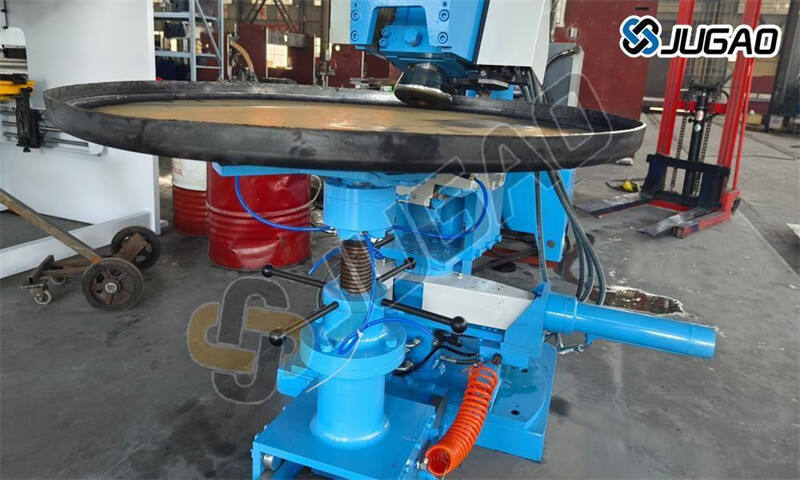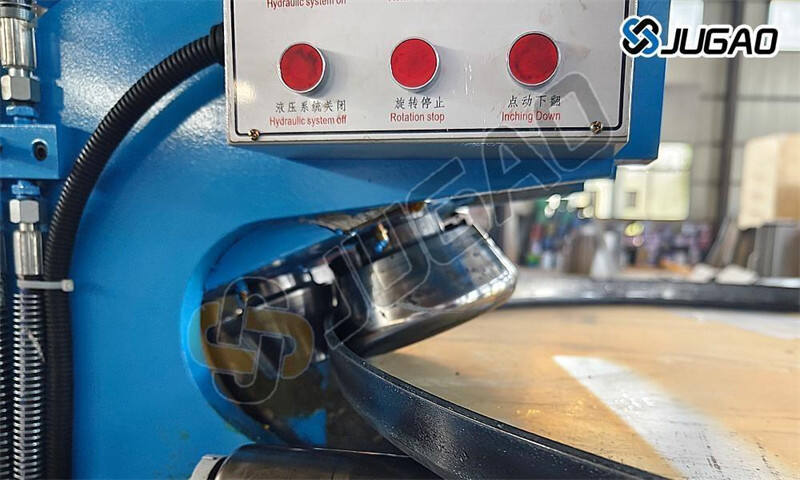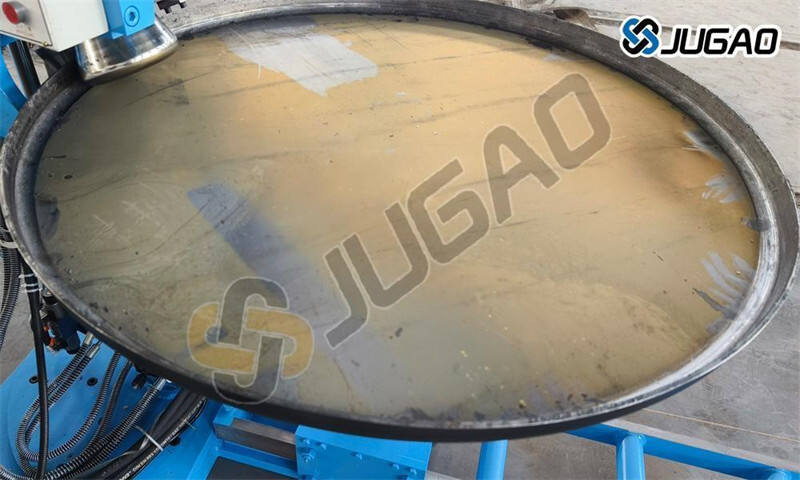Advantages of Roller Hemming in Sheet Metal Forming
Roller hemming is a critical forming process in the automotive and aerospaceindustries, used to join sheet metal edges by folding and compressing them witha roller tool. Compared to traditional hemming methods (e.g., press hemming orrobotic folding), roller hemming offers superior precision, flexibility, andcost efficiency. This document examines the key advantages of roller hemming,its process mechanics, material compatibility, and industrial applications.

Process Overview
Roller hemming involves three primary stages:
1. Pre-hemming: A preliminary bend (typically 45°–90°) is formed.
2. Final Hemming: A roller tool applies pressure to fold the flangecompletely (180°).
3. Compression: The roller compresses the seam for a tight, gap-freejoint.
Unlike rigid press hemming, roller hemming uses a dynamic tool path, allowingadjustments in real time for optimal material flow.
Key Advantages of Roller Hemming
1. Superior Edge Quality & Consistency
Eliminates Wrinkling & Cracking: Gradual pressure application minimizesmaterial stress.
Tighter Tolerances: Achieves flange flatness within ±0.2 mm (vs. ±0.5 mmfor press hemming).
Smooth Surface Finish: No tool marks or denting, critical for Class-Aautomotive panels.
2. Flexibility & Adaptability
Complex Geometries: Handles curved edges (e.g., car doors, hoods) betterthan rigid tools.
Multi-Material Compatibility: Works with aluminum, high-strength steel(HSS), and composites.
In-Process Adjustments: Force and speed can be modified dynamically toaccommodate material variations.
3. Cost Efficiency
Lower Tooling Costs: Single roller tools replace multiple press dies.
Reduced Scrap Rates: Minimizes rework due to real-time defect detection(e.g., vision systems).
Energy Savings: Consumes ~30% less power than hydraulic press hemming.
4. Process Integration & Automation
Robotic Compatibility: Easily integrated with 6-axis robots for high-volumeproduction.
Industry 4.0 Readiness: IoT-enabled force monitoring and predictivemaintenance.
Material-Specific Benefits
| Material | Advantagesof Roller Hemming |
| Aluminum | Preventscracking in high-strain areas (e.g., Audi A8 hoods). |
| High-StrengthSteel (HSS) | Avoidsspringback issues common in press hemming. |
| CarbonFiber Reinforced Polymers (CFRP) | Delicatepressure control prevents fiber damage. |

Industrial Applications
1. Automotive Industry
Closures: Doors, hoods, trunk lids (e.g., Tesla Model 3 aluminumhoods).
Structural Components: B-pillars, roof rails.
2. Aerospace
Aircraft Skins: Hemmed edges for fuselage panels (Boeing 787).
Engine Cowlings: Fatigue-resistant seams.
3. Appliances & Electronics
Enclosures: Washing machine drums, control panels.
Comparison with Alternative Methods
| Parameter | RollerHemming | PressHemming | RoboticFolding |
| Precision | ±0.2 mm | ±0.5 mm | ±0.3 mm |
| ToolingCost | Low | High | Medium |
| Flexibility | High(3D paths) | Low(2D only) | Medium |
| CycleTime | 20–60sec/part | 10–30sec/part | 30–90sec/part |
Future Trends
1. AI-Driven Optimization: Machine learning for adaptive force control.
2. Hybrid Processes: Laser-assisted roller hemming for ultra-high-strengthmaterials.
3. Sustainable Manufacturing: Reduced lubricant usage via dry hemmingtechniques.

Conclusion
Roller hemming outperforms traditional methods in precision, flexibility, andcost-effectiveness, making it indispensable for modern sheet metal forming. Asautomation and smart manufacturing advance, its adoption will expand furtherinto high-mix production environments.


















































